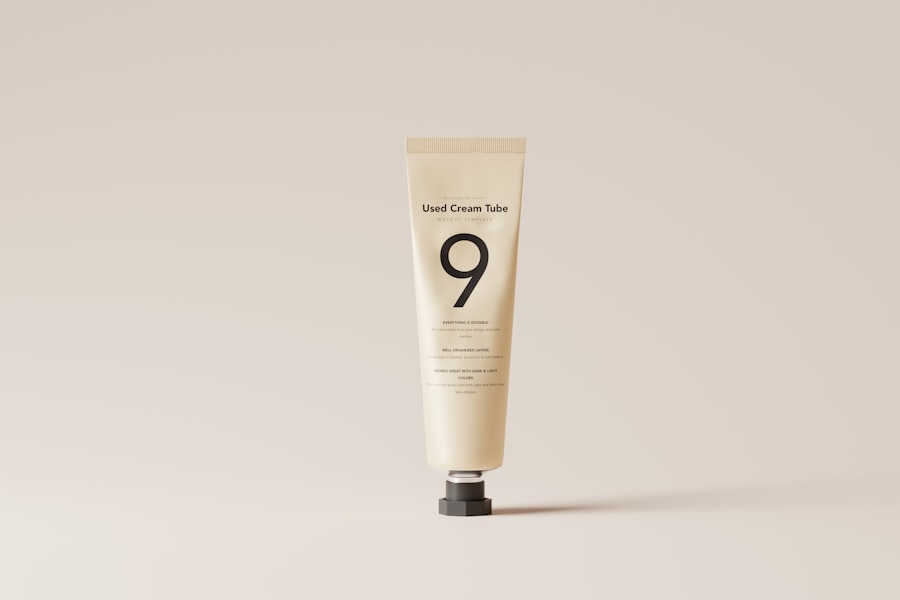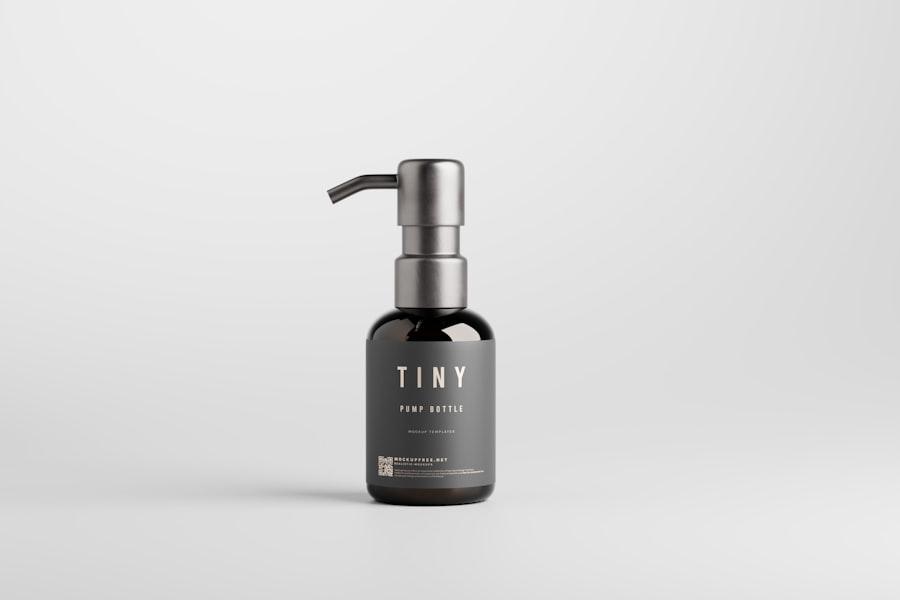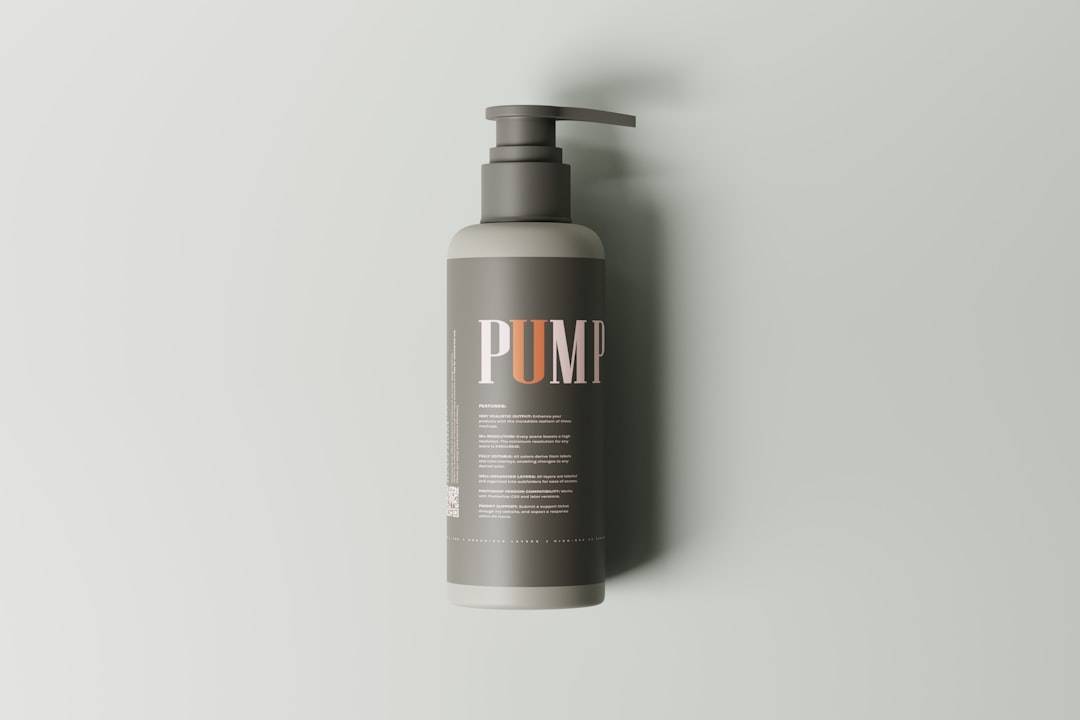As you embark on your journey of post-laser hair removal care, it’s essential to understand that the steps you take immediately after the procedure can significantly influence your results. Preparation is key, and this begins even before you leave the clinic. You should have a clear understanding of what to expect in the days and weeks following your treatment.
Having a plan in place will help you navigate the healing process more smoothly. In addition to following your practitioner’s advice, consider gathering the necessary supplies ahead of time.
Stock up on gentle cleansers, soothing creams, and any prescribed medications that may aid in your recovery. Having these items readily available will allow you to focus on your skin’s needs without the added stress of last-minute shopping. Furthermore, it’s wise to clear your schedule for a few days post-treatment.
This will give your skin the time it needs to heal without the interference of daily obligations or social engagements.
Key Takeaways
- Preparing for post-laser hair removal care involves shaving the treatment area and avoiding sun exposure.
- Understanding the healing process includes knowing that redness and swelling are common and temporary.
- Managing discomfort and redness can be done with cool compresses and over-the-counter pain relievers.
- Protecting your skin from the sun is crucial after laser hair removal, so use sunscreen and wear protective clothing.
- Moisturizing and hydrating your skin regularly can help with the healing process and prevent dryness.
Understanding the Healing Process
What to Expect After the Procedure
The laser targets hair follicles, which can cause temporary irritation to the surrounding skin. Knowing what to expect can help you remain calm and collected as your skin goes through its natural recovery stages. Typically, the initial redness and swelling should subside within a few hours to a couple of days.
Individual Skin Reactions
It’s essential to remember that everyone’s skin reacts differently to laser hair removal. Some individuals may experience prolonged sensitivity or discoloration, while others may heal more quickly. During this time, it’s beneficial to keep an eye on your skin’s condition and take notes on any changes you observe.
Monitoring Your Skin’s Condition
This information can be invaluable if you need to consult with your dermatologist later on. By monitoring your skin’s condition and taking notes, you can provide your dermatologist with valuable insights into your skin’s reaction to the treatment, which can help them provide better guidance and care.
Managing Discomfort and Redness

Managing discomfort and redness after laser hair removal is an essential part of your post-care routine. While some level of discomfort is expected, there are several strategies you can employ to alleviate any pain or irritation you may experience. Applying a cool compress to the treated area can provide immediate relief and help reduce swelling.
You might also consider over-the-counter pain relievers, such as ibuprofen or acetaminophen, to manage any discomfort effectively. In addition to physical remedies, it’s important to practice self-care during this time. Engaging in calming activities such as reading, meditating, or taking warm baths can help distract you from any discomfort while promoting relaxation.
Remember that patience is key; as your skin heals, the redness and irritation will gradually diminish. Keeping a positive mindset can make a significant difference in how you perceive the healing process.
Protecting Your Skin from the Sun
| Factors | Recommendations |
|---|---|
| Sunscreen | Use a broad-spectrum sunscreen with SPF 30 or higher |
| Clothing | Wear protective clothing, such as long-sleeved shirts and wide-brimmed hats |
| Shade | Seek shade during peak sun hours (10am-4pm) |
| Sunglasses | Wear sunglasses that block both UVA and UVB rays |
| Avoid tanning beds | Avoid using tanning beds, as they emit harmful UV radiation |
One of the most critical aspects of post-laser hair removal care is protecting your skin from sun exposure. After treatment, your skin will be particularly sensitive and vulnerable to UV rays, which can lead to complications such as hyperpigmentation or prolonged redness. To safeguard your skin, it’s advisable to avoid direct sunlight for at least two weeks following the procedure.
If you must go outside, wearing protective clothing and seeking shade whenever possible can help shield your skin from harmful rays. In addition to physical barriers, applying a broad-spectrum sunscreen with an SPF of 30 or higher is essential for protecting your skin. Make it a habit to reapply sunscreen every two hours if you’re outdoors for extended periods.
By prioritizing sun protection, you’re taking an important step toward achieving optimal results from your laser hair removal treatment.
Moisturizing and Hydrating Your Skin
Moisturizing and hydrating your skin post-laser hair removal is vital for promoting healing and maintaining skin health. After the procedure, your skin may feel dry or tight due to the laser’s effects on the outer layer. To combat this dryness, opt for a gentle, fragrance-free moisturizer that is specifically designed for sensitive skin.
Look for ingredients like aloe vera or hyaluronic acid, which can provide soothing hydration without causing irritation. In addition to topical moisturizers, don’t forget about internal hydration. Drinking plenty of water throughout the day will help keep your skin hydrated from within.
Proper hydration supports overall skin health and can enhance your body’s natural healing processes. By combining external moisturizing with adequate water intake, you’ll create an optimal environment for your skin to recover effectively.
Avoiding Irritating Products and Activities

After undergoing laser hair removal, it’s crucial to avoid irritating products and activities that could hinder your healing process. For at least a week following the treatment, steer clear of harsh exfoliants, retinoids, or any products containing alcohol or fragrances that may exacerbate sensitivity. Instead, focus on using gentle cleansers and soothing creams that will nurture your skin without causing further irritation.
In addition to avoiding certain products, be mindful of activities that could irritate your skin. Hot baths, saunas, or vigorous exercise that leads to excessive sweating should be avoided during the initial healing phase. These activities can increase blood flow to the treated area and exacerbate redness or swelling.
By giving yourself time to rest and recover without unnecessary stressors, you’ll set the stage for a smoother healing experience.
Following Up with Aftercare Treatments
Following up with aftercare treatments is an essential component of ensuring optimal results from your laser hair removal procedure. Your dermatologist may recommend specific products or treatments designed to enhance healing and minimize any potential side effects. These could include topical creams that promote skin regeneration or specialized serums that target inflammation.
It’s also beneficial to schedule follow-up appointments with your dermatologist as advised. These visits allow for professional monitoring of your healing progress and provide an opportunity for you to address any concerns or questions that may arise during recovery. Staying engaged with your aftercare plan demonstrates a commitment to achieving the best possible outcome from your treatment.
Consulting with Your Dermatologist
Finally, consulting with your dermatologist is paramount throughout your post-laser hair removal journey. If you notice any unusual symptoms such as excessive swelling, persistent pain, or signs of infection like pus or increased redness, don’t hesitate to reach out for professional advice. Your dermatologist is equipped with the knowledge and expertise needed to assess your condition accurately and recommend appropriate interventions if necessary.
Moreover, regular communication with your dermatologist can help you better understand what is normal during the healing process and what may require further attention. They can provide personalized guidance based on your unique skin type and treatment history, ensuring that you receive tailored care every step of the way. By fostering this relationship with your dermatologist, you’ll empower yourself with the information needed to navigate post-laser hair removal care confidently.
In conclusion, taking care of your skin after laser hair removal is a multifaceted process that requires attention and dedication. By preparing adequately for post-care, understanding the healing process, managing discomfort, protecting against sun exposure, moisturizing effectively, avoiding irritants, following up with treatments, and consulting with your dermatologist when needed, you’ll set yourself up for success in achieving smooth and beautiful results from your laser hair removal experience.
If you’re looking for more information on laser hair removal treatments, you may want to check out this article on how to prepare for your laser hair removal appointment. This article provides helpful tips on what to do before your treatment to ensure the best results and minimize any potential side effects. It’s a great resource to complement the eight tips for taking care of your skin after your laser hair removal treatment.
FAQs
What is laser hair removal?
Laser hair removal is a cosmetic procedure that uses a concentrated beam of light (laser) to remove unwanted hair. The laser targets the pigment in the hair follicles, damaging them and inhibiting future hair growth.
How does laser hair removal affect the skin?
Laser hair removal can cause temporary redness, swelling, and irritation in the treated area. In some cases, it can also lead to changes in skin pigmentation or blistering.
How can I take care of my skin after laser hair removal treatment?
1. Keep the treated area clean and dry.
2. Avoid sun exposure and use sunscreen with a high SPF.
3. Avoid hot showers, saunas, and steam rooms.
4. Use gentle skincare products and avoid harsh chemicals.
5. Moisturize the treated area regularly.
6. Avoid picking or scratching the treated area.
7. Follow any specific aftercare instructions provided by your dermatologist or technician.
8. Contact your healthcare provider if you experience any unusual or severe side effects.
How long does it take for the skin to recover after laser hair removal?
The skin typically recovers within a few days to a week after laser hair removal treatment. However, it may take longer for some individuals, depending on their skin type and the intensity of the treatment.
Can I wear makeup after laser hair removal?
It is generally recommended to avoid wearing makeup on the treated area for at least 24 hours after laser hair removal to allow the skin to heal properly.
Can I shave or wax between laser hair removal sessions?
It is generally safe to shave between laser hair removal sessions, but waxing or plucking should be avoided as they can disrupt the hair follicles targeted by the laser.
Are there any long-term effects of laser hair removal on the skin?
Laser hair removal is generally considered safe and effective, with minimal long-term effects on the skin. However, it is important to follow proper aftercare and maintenance to minimize any potential risks.






